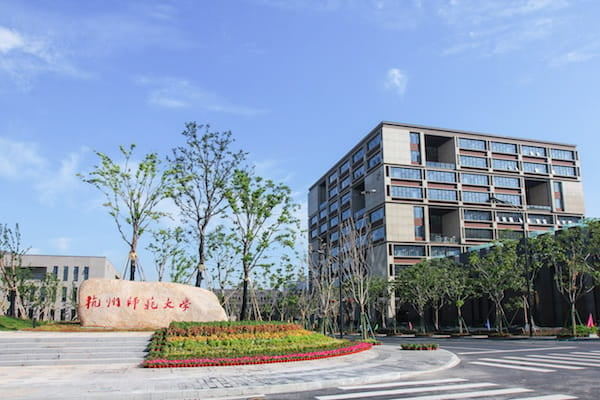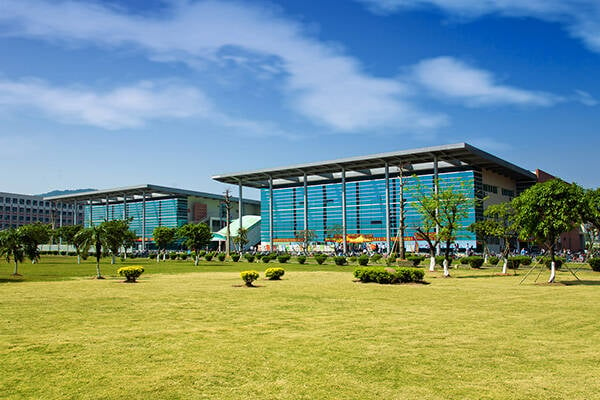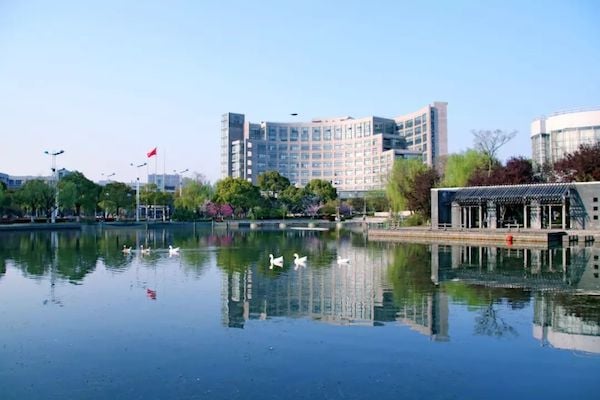Introduction to University of South China
University of South China is a comprehensive University jointly established by the Ministry of industry and information technology of the people’s Republic of China, the State Administration of science, technology and industry for national defense, CNNC and the people’s Government of Hunan Province. In February 2000, Central South Institute of technology and Hengyang Medical College merged to form University of South China. In October 2002, the sixth Institute of nuclear industry was merged. The university is supported by the basic capacity building project of universities in central and Western China. It is an excellent engineer and excellent doctor education and training plan unit approved by the Ministry of education. It is also a batch of undergraduate enrollment colleges.
In the course of more than 60 years’ development, the school adheres to the school motto of “Mingde, erudition, truth-seeking, and Zhiyuan”, carries forward the spirit of “diligent and pragmatic, willing to contribute, vigorous and self-improvement, and dare to be the first”. It always adheres to the principle of cultivating talents, focusing on talent training, and constantly promotes the all-round development of the cause. Since the beginning of the new century, the university has made great strides towards the goal of “a high-level university with distinctive characteristics, first-class in China and international influence”.
The university has formed a discipline system with engineering and medicine as the main subjects, philosophy, economics, law, literature, science, management, art and other nine universities. There are 27 affiliated colleges, 6 affiliated hospitals (the First Affiliated Hospital, the Second Affiliated Hospital, the Third Affiliated Hospital, the Nanhua Affiliated Hospital, the Changsha Central Hospital and the public health Affiliated Hospital), 17 cooperative affiliated hospitals and 25 graduate cooperative training units. There are 68 undergraduate majors, 25 first-class discipline master’s degree authorization points, 19 master’s degree authorization categories, 5 first-class discipline doctor’s degree authorization points and 3 first-class discipline post doctoral research flow stations. The school enrolls students from all over the country (including Hong Kong, Macao and Taiwan) and some countries and regions in the world. At present, there are more than 35000 full-time undergraduate students, more than 4000 doctoral and master degree students, and 578 international students.
At present, there are 2337 teaching and administrative staff, including 1874 full-time teachers and 2960 clinical teachers in affiliated hospitals. There are 943 professors, chief physicians, etc. with senior titles, 1258 vice senior titles, 14 national defense science and technology innovation teams, provincial and ministerial innovation teams, provincial university science and technology innovation teams, provincial teaching teams, experts of the “thousand talents plan”, distinguished professors of Yangtze scholars, winners of the national science and Technology Fund for Distinguished Young Scholars, young and middle-aged experts with national outstanding contributions, enjoying the State Council There are more than 100 experts with special government allowance, more than 260 provincial and ministerial academic leaders, famous teachers and outstanding young and middle-aged experts.
The school has 15 national characteristic majors, key national defense majors and short majors, excellent program majors, comprehensive reform pilot majors, 7 national experimental teaching demonstration centers, virtual simulation experimental teaching centers, practice education bases, and 3 National Excellent Courses and excellent open courses. There are 29 provincial university enterprise cooperation talents training demonstration bases, innovation and entrepreneurship employment demonstration bases, university students innovation and entrepreneurship incubation demonstration bases, and 425 comprehensive practice bases.
The school has nuclear energy and nuclear safety demonstration international science and technology cooperation base, national and local joint Engineering Research Center for air pollutants treatment and radiation protection of building environment, the first batch of national nuclear emergency publicity and training base, national nuclear emergency medical rescue team, national nuclear science education base, 3 Hunan Collaborative Innovation Center, 30 provincial and ministerial key laboratories / research centers There are 3 academician workstations in Hunan Province, 16 provincial scientific research bases, 13 industry key laboratories, 10 national defense supporting disciplines, 10 provincial key disciplines and 5 national defense characteristic disciplines. The university has successively undertaken more than 2000 scientific research projects such as the “863” plan, the “973” plan, the major research plan of the National Natural Science Foundation, the key projects of the National Natural Science Foundation, the major projects of the Ministry of science and technology, the national defense basic research plan, the nuclear energy development project, etc.; it has won 12 national science and technology awards, and more than 300 provincial science and technology awards. The school’s clinical medicine and Chemistry subjects have entered the top 1% of ESI in the world.
The university has established cooperative relations with China Academy of Atomic Energy Science, international organizations and nearly 100 universities and scientific research institutions at home and abroad.
The library has a paper collection of more than 2.78 million books, 2400 kinds of Chinese and foreign periodicals, 352 TB of digital resources, including 1.98 million electronic books. China Journal of arteriosclerosis, Zhongnan Journal of medical science, Journal of University of South China Natural Science Edition, Journal of University of South China Social Science Edition and other academic journals are sponsored by the University.
The university is listed in the times higher education world university ranking list, ranking 65th in mainland universities and second in provincial universities; 77th in 2018 China University ESI high cited thesis ranking list of Alumni Association, ranking first in provincial universities; 69th in 2019 emerging economy university ranking list of times higher education institutions, ranking second in provincial universities College is second. The university is rated as one of the first batch of “three comprehensive education” pilot colleges and departments of comprehensive reform, national innovation and entrepreneurship typical experience colleges and universities, national advanced collective of college enrollment, national advanced collective of youth employment and entrepreneurship education, national military industry and culture education base; it is an advanced unit of Hunan Province in culture and culture, national defense education base, and student funding.
Over the past 60 years, the school has sent nearly 250000 high-quality professionals of all kinds to the country and local governments, and a large number of outstanding alumni have emerged. Graduates are widely distributed in national defense industry, nuclear industry, health and health, environmental protection, equipment manufacturing, financial management and other industries, becoming the technical and management backbone of their units, and making positive contributions to national construction and development, social civilization and progress, local economic construction and social development.
Teaching Program
![]() ISAC University Teaching Program
ISAC University Teaching Program
Related Universities




